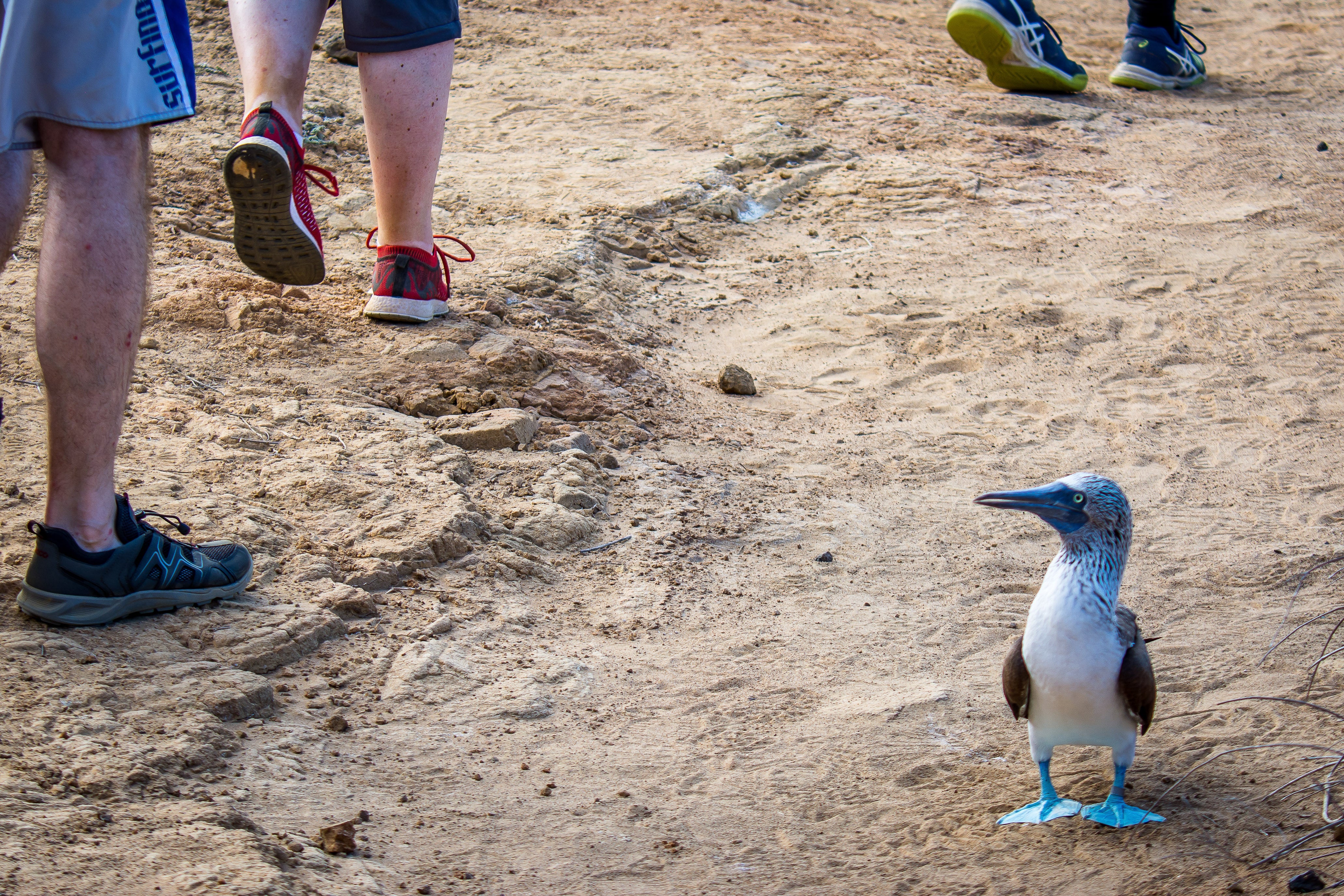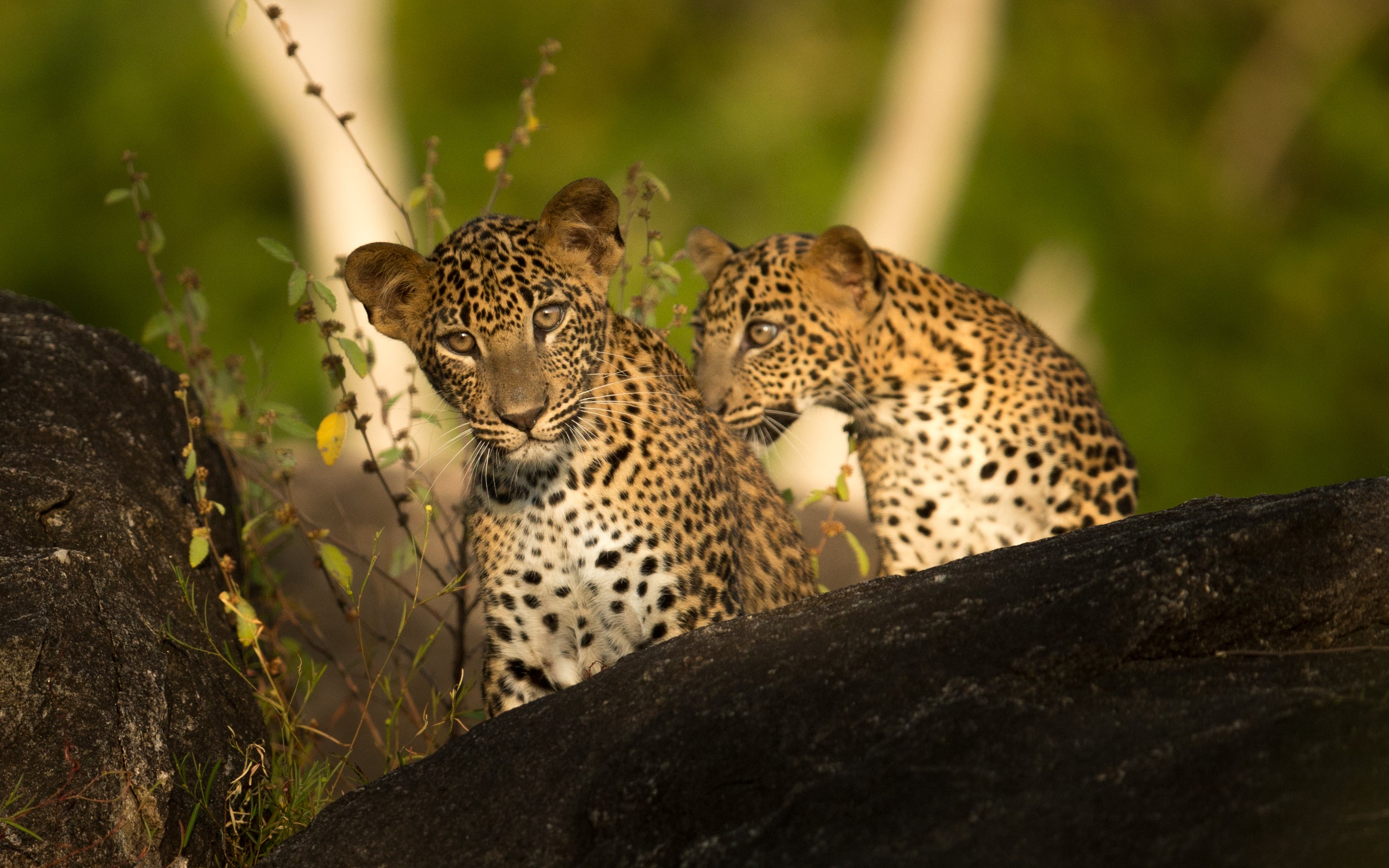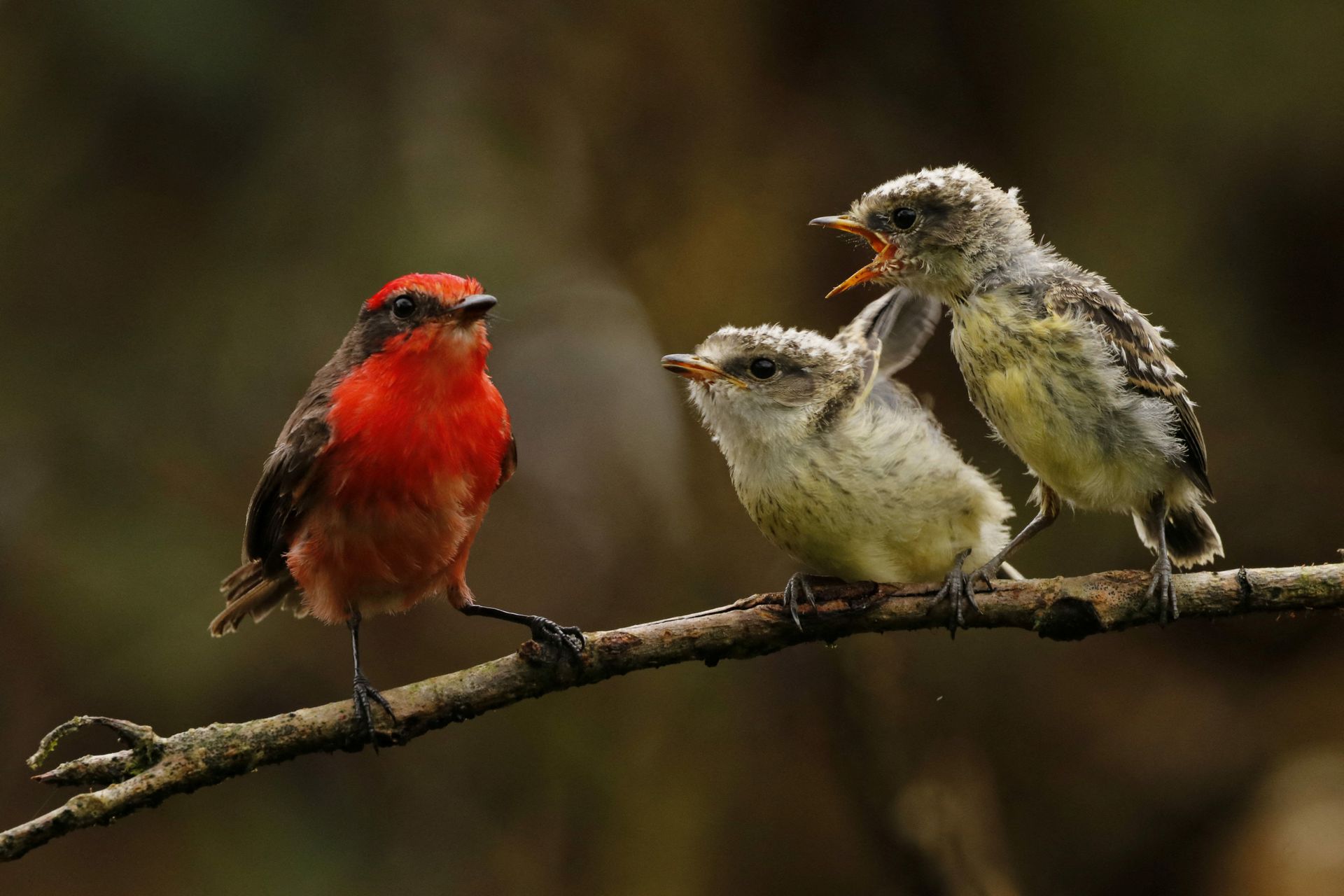ARTICLE AD BOX
Want to see wildlife on your next holiday? You’re not alone. In 2022, the World Travel & Tourism Council valued wildlife tourism at $343 billion, and noted it supported some 21.8 million jobs.
While wildlife tourism can help protect wild spaces from development, and animals from threats like poaching, overtourism is increasingly threatening vital habitats.
“Tourism growth in Galapagos is currently on a trajectory that is not sustainable,” says Tom O’Hara, communications manager at the Galapagos Conservation Trust. “There were 329,475 tourist arrivals in 2023, the highest ever, and the Unesco World Heritage Committee has expressed concern about the impact that this growth is having on the natural environment.”
The figure represents a 23 per cent increase in visitors on the previous year, with land-based visitors an increasing concern. In 2024, the Galapagos National Park doubled the price of its entry fee in response.
“Local infrastructure such as waste disposal systems cannot cope with the growing pressure,” says O’Hara. “This matters for wildlife because poorly managed waste means more plastic and other pollution contaminating the habitats of endemic species such as giant tortoises, flightless cormorants and marine iguanas.”
Read more: 39 destinations cracking down on overtourism

With more tourists comes the increased risk of invasive species. “Something as seemingly innocuous as a seed in the tread of your shoe has the potential to wreak havoc in a sensitive island ecosystem.”
Should wildlife overtourism be considered a pressing global issue? “Absolutely, and especially in Africa,” says Elcia Grandcourt, regional director for Africa, UN Tourism. “Wildlife overtourism is becoming increasingly urgent as it coincides with two major global trends: a dramatic decline in global wildlife populations, and a rapid surge in nature-based tourism, one of the fastest-growing segments of the travel industry.”
In Africa, for example, overtourism in the Masai Mara is affecting cheetahs’ ability to hunt, as well as the wildebeest migration. “Excessive safari vehicle traffic on savannahs can disturb predator-prey dynamics,” says Grandcourt, “while unregulated marine tours may impact nesting sea turtles or coral ecosystems.”
And it’s not just tourist numbers that affect wildlife, but how those tourists behave. Humans can cause animals stress, impacting their ability to hunt and feed, breed, socialise, care for their offspring and live in peace. We now know that activities like mountain biking disturb wildlife more than previously thought, and that swimming with dolphins can, in some cases, make them less likely to socialise, rest or feed.
Read more: The best flight-free holiday destinations from the UK

Social media can exacerbate such problems. Instagram and TikTok can normalise unethical interactions, like touching or crowding wildlife – and viral posts can cause visitors to descend en masse. On Australia’s Great Ocean Road, geotagging – pinpointing a precise location – resulted in crowds descending on a single roadside koala. In some places, geotagging can also inadvertently tip-off poachers.
Governments have responded to overtourism in wild spaces with increased park entry fees – and restrictions. In Norway’s Svalbard Archipelago, cruises are now banned from going anywhere near polar bears. Others are looking to improve the flow of visitors. In the United States, there are now 11 national parks that require online reservations for peak periods.
SMART (Spatial Monitoring and Reporting Tool) technology is being employed to track tourists and animals across national parks in Africa like the Serengeti, Tanzania and Masai Mara, Kenya. “Kruger National Park in South Africa also uses satellite imaging, drones, and sensors to collect data in real-time,” explains Grandcourt.
And it’s not as simple as just leaving wildlife alone. When tourism disappears, animals and communities suffer, especially if those communities have become dependent on visitors. Poaching increased during Covid, and in the Masai Mara, loss of income meant land taken back from wildlife for livestock grazing.

Read more: From living roofs to smashed peas on toast – what does it take to become a B Corp hotel?
“We can no longer separate the economic success of wildlife tourism from its ecological responsibilities,” says Grandcourt. Wildlife tourism must work to protect wildlife.
Cath Lawson, a senior programme manager, Eastern Africa, from the conservation group Fauna & Flora, explains that money raised from responsibly managed tourism permits helps protect endangered mountain gorillas from poaching and other threats. “Responsible tourism has become the cornerstone of their conservation and crucial to their survival.”
People benefit from responsible tourism too. “The tourism sector has been a major contributor to the local economic development of both Uganda and Rwanda, with nature-based tourism heavily focused on mountain gorillas,” Lawson adds.
While some wildlife areas see overtourism, others suffer from under-tourism. “Popular safari destinations undoubtedly suffer under the pressure of visitor numbers, while others are crying out for guests,” says Josh Flatman, founder of safari travel company Faran Travel. “We aim to educate our travellers to inspire and inform them of destinations they might not have heard of or that don't grab the headlines.”
How to help

Look beyond the obvious destinations.“People think that sites are famous for a reason and that if they don’t do the most well-known thing, they will be missing out. Often, there is a very good alternative,” says Sam Clark, co-founder of Experience Travel Group, who specialise in immersive holidays in Asia. “There are so many examples of well-managed places, both within and outside of national parks, that sensitively manage tourism numbers and bring in money to the local population.”
Choose responsible tourism operators, such as those recommended by conservation trusts in the areas you visit. The Galapagos Conservation Trust lists approved operators.
Follow wildlife watching rules. Fauna & Flora recommend Gorilla Friendly for guidance on behaving carefully around mountain gorillas.
Question behaviour that appears to break guidelines. Question assumptions too: are you absolutely adamant about seeing the Big Five? Tell your guide what you want to see – they may assume that you want to see a leopard simply because everybody else does.
Opt for lesser-spotted species. There are, of course, brilliant alternative wildlife holidays that aren’t dupes of more popular destinations, but special in their own right.
Eloise Barker is a writer for Responsible Travel
Read more: What happened when we ditched the Canaries for a more sustainable family trip to Paris









 English (US) ·
English (US) ·